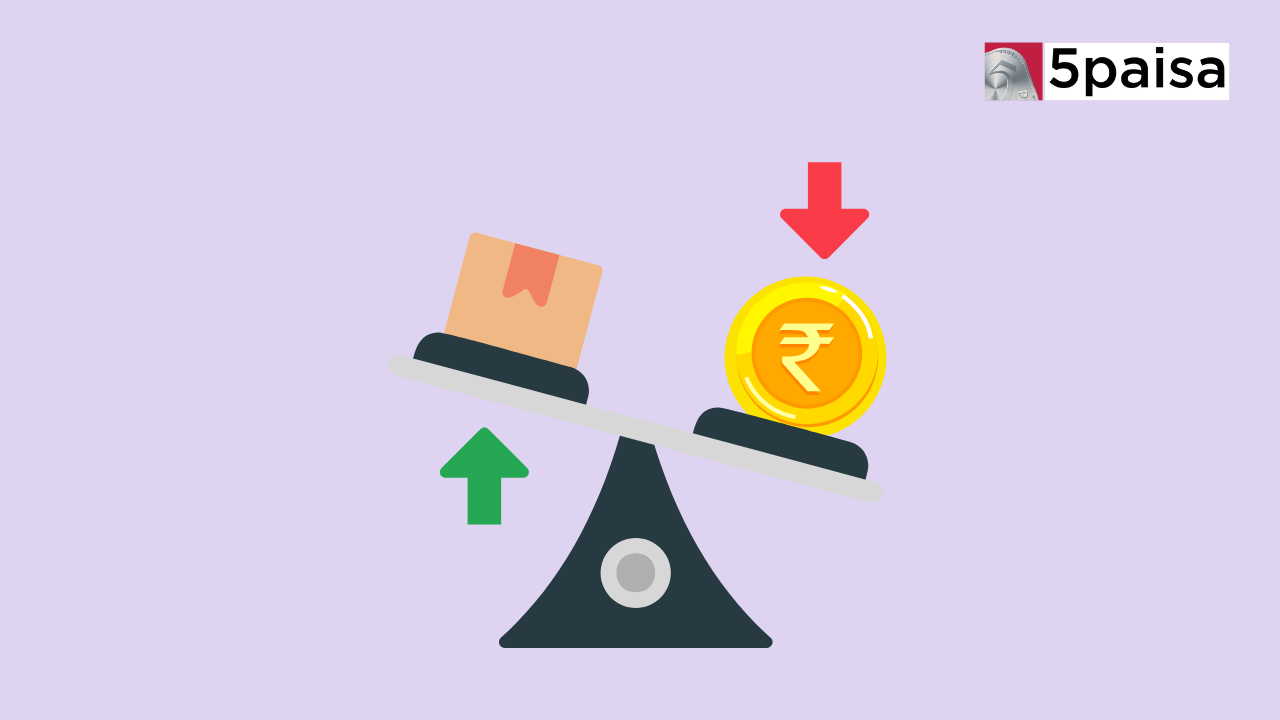What is Demand Pull Inflation?

Inflation is a term that we often hear, especially when it comes to managing our finances. It refers to a general increase in the prices of goods and services due to economic changes. When we talk about demand-pull inflation, it specifically refers to a situation where prices rise due to a shortage in the supply of products.
What Is Demand-Pull Inflation?
Demand-pull inflation occurs when there is a high demand for goods and services. Still, the supply of these items remains the same or even decreases. In this scenario, the available supply cannot meet the growing demand and skyrocketing prices. It's like a situation where more people want to buy a particular product than the number of products available, increasing prices.
Imagine a scenario where a new gaming console is released, and it becomes an instant hit. The demand for this console skyrockets, but the supply remains the same. As a result, the prices of the consoles shoot up. This is a classic example of demand-pull inflation, where the demand for a product exceeds its supply, leading to a price surge.
How Does Demand-Pull Inflation Work?
Demand-pull inflation occurs when an economy's overall demand for goods and services rises while the supply remains unchanged or even decreases. As a result, the limited supply cannot keep up with the growing demand, causing prices to rise rapidly. This type of inflation can also occur due to excessive government spending on limited resources.
Causes of Demand-Pull Inflation
Several factors can contribute to demand-pull inflation:
● A growing economy: When the economy is booming and consumers feel confident, they tend to spend more and take on more debt. This increased consumer spending leads to a steady rise in demand, which drives prices higher.
● Increasing export demand: A sudden increase in the demand for a country's exports can lead to an undervaluation of the currency involved, causing prices to rise.
● Government spending: When the government increases its spending on various projects and programs, it can create additional demand for goods and services, putting upward pressure on prices.
● Inflation expectations: If businesses anticipate inflation, they may preemptively increase their prices to maintain profit margins, further fueling inflationary pressures.
● More money in the system: If the money supply in an economy expands too rapidly, with too few goods and services available to purchase, it can lead to an increase in prices.
Examples of Demand-Pull Inflation
Let's consider a hypothetical example to illustrate how demand-pull inflation works. Imagine the economy is experiencing a boom period, with low unemployment and low interest rates. The government introduces a tax credit for buyers of fuel-efficient cars to encourage more eco-friendly transportation. This incentive, combined with favourable economic conditions, leads to a surge in demand for certain car models.
However, the auto manufacturers cannot keep up with this sudden increase in demand, as they have limited production capacity. As a result, the prices of the most popular car models rise, and bargains become scarce. This situation extends beyond just the automotive industry, as the overall increase in consumer spending and borrowing leads to higher demand for various goods and services, exceeding the available supply. This imbalance between demand and supply is a prime example of demand-pull inflation in action.
How Can Demand-Pull Inflation Be Managed?
To prevent demand-pull inflation from spiralling out of control, governments and financial institutions have various tools at their disposal:
● Interest rate adjustments: Central banks can increase interest rates, making borrowing more expensive for consumers and businesses. This can help curb excessive spending and reduce demand, allowing producers to catch up with the existing demand and restoring balance.
● Reduced government spending: The government can reduce its spending on certain projects and programs, thereby reducing the overall economic demand.
● Tax increases: The government can raise taxes on goods and services that are in high demand, effectively reducing consumers' disposable income and lowering demand.
● Globalisation: The increasing integration of the global economy allows consumers to access a wider range of products from international markets at varying price points, helping to mitigate inflationary pressures within a single economy.
Limitations of Demand-Pull Inflation
While demand-pull inflation can be a sign of a growing economy, it also has several limitations and negative impacts:
● Reduced purchasing power: As prices rise, consumers' purchasing power decreases, making it harder for them to afford the same goods and services.
● Distortion of money value: Inflation distorts the value of money, making it challenging to interpret changing prices and wages accurately.
● Higher borrowing costs: Banks may demand higher interest rates to compensate for the loss of money's value due to inflation, increasing the cost of borrowing for individuals and businesses.
Conclusion
Demand-pull inflation is a complex economic phenomenon when the demand for goods and services outpaces the available supply. While it can be a sign of economic growth, it can also lead to significant challenges for consumers, businesses, and the overall economy if left unchecked. Understanding the causes and effects of demand-pull inflation is crucial for policymakers and individuals alike, as it allows for informed decision-making and the implementation of appropriate measures to maintain a stable and balanced economy.
Frequently Asked Questions
What Economic Indicators Signal the Presence of Demand-Pull Inflation?
What Are the Effects of Demand-Pull Inflation on Consumers and Businesses?
How Does Globalisation Impact Demand-pull Inflation?
Globalisation can help mitigate demand-pull inflation by providing access to a wider range of products and services from international markets. This increased competition and supply can help balance excessive demand within a single economy and keep prices in check.
- Flat ₹20 Brokerage
- Next-gen Trading
- Advance Charting
- Actionable Ideas
Trending on 5paisa
Disclaimer: Investment in securities market are subject to market risks, read all the related documents carefully before investing. For detailed disclaimer please Click here.

 5paisa Research Team
5paisa Research Team